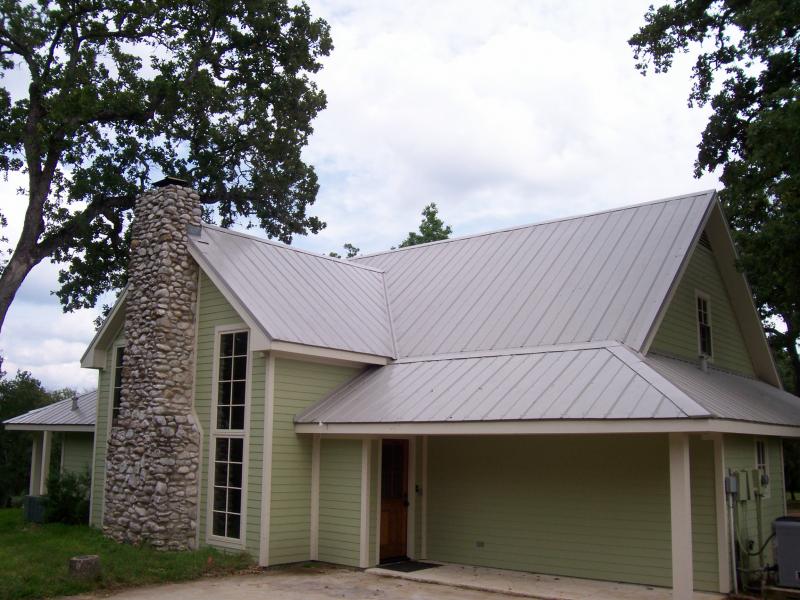 The familiar roof on top of every building is in a constant state of evolution. Various styles have come and gone over the years; however, a few have stood the test of time and continue to remain in use. One such design is the hipped roof; it continues to be one of the most popular styles of commercial roofing. Among the reasons for this constancy is not only because of its aesthetic benefits but also its practical benefits as well.
The familiar roof on top of every building is in a constant state of evolution. Various styles have come and gone over the years; however, a few have stood the test of time and continue to remain in use. One such design is the hipped roof; it continues to be one of the most popular styles of commercial roofing. Among the reasons for this constancy is not only because of its aesthetic benefits but also its practical benefits as well.
The Design
The hip roof design is a type of sloped system that is unique because each side has its own slope. For example, on a rectangular shaped building, there is going to be front and back eaves as well as right and left eaves that originate from a common ridge.
This system requires more work to construct because of the number of trusses, or support structures, that need to be placed. On a rectangular shaped building, a common ridge will run almost the entire length of the structure, with each end of the ridge connecting to the hip ends that will form the slanting triangular edges of the roof. For commercial designs that are composed of several sections, a valley fuses one section with the other
Variations
Through roofing history, the hip design has also given birth to other styles. Some have kept a close resemblance to the original styling, while others have retained very little resemblance to the initial version.
- Mansard – The mansard closely resembles the hipped design except that instead of maintaining a uniform slope, the lower portion of the eaves changes to a much steeper angle.
- Tented – The tented variation is noted for a very steep pitch. This style is more for aesthetics than practicality and is popular with European church buildings.
- Half Hip – This style is notable for the short length of the hip ends. This makes the roof look somewhat like a hybrid between a gable and a hipped design.
Practical Benefits
While having a building with eaves facing every corner is aesthetically pleasing, there is much more to this type of structure than just that. The biggest benefit of this design is its aerodynamic properties. Because each side of the roof is slanted, it creates very little resistance to wind drag, reducing any possible damage that could result from strong winds. The design is particularly useful in hurricane-prone areas where strong winds may regularly occur.
The fact that each side of the building has eaves that are equal in height means that building walls around the roof will be easy. The height of the walls will be equal, making the piling of concrete blocks or laying of any other type of material used in the construction of the external walls relatively simple.
Possible Disadvantages
The hipped roof is not without its disadvantages, the biggest one being that it is very angled, leaving little attic space left for any practical use. While it effectively drains rain water, it is also more susceptible to leaks. This type of design involves a number of valleys and hips which are common passageways for water. This is particularly true if installed by a novice contractor with limited experience with such a style.
In conclusion, the hipped roof is a style that does not just focus on aesthetics but also offers practical aerodynamic benefits as well, some of which are not available using any other type of system. If interested in using this type of design, it is important to hire a contractor with adequate experience in this hipped design in order to prevent any water leakage. It is a very popular and well-used roof style indeed!
Are you looking for a roof Houston specialist to take care of your roof? Schulte Roofing in Navasota provides outstanding service to the greater Houston area and is the best contractor for your needs!
